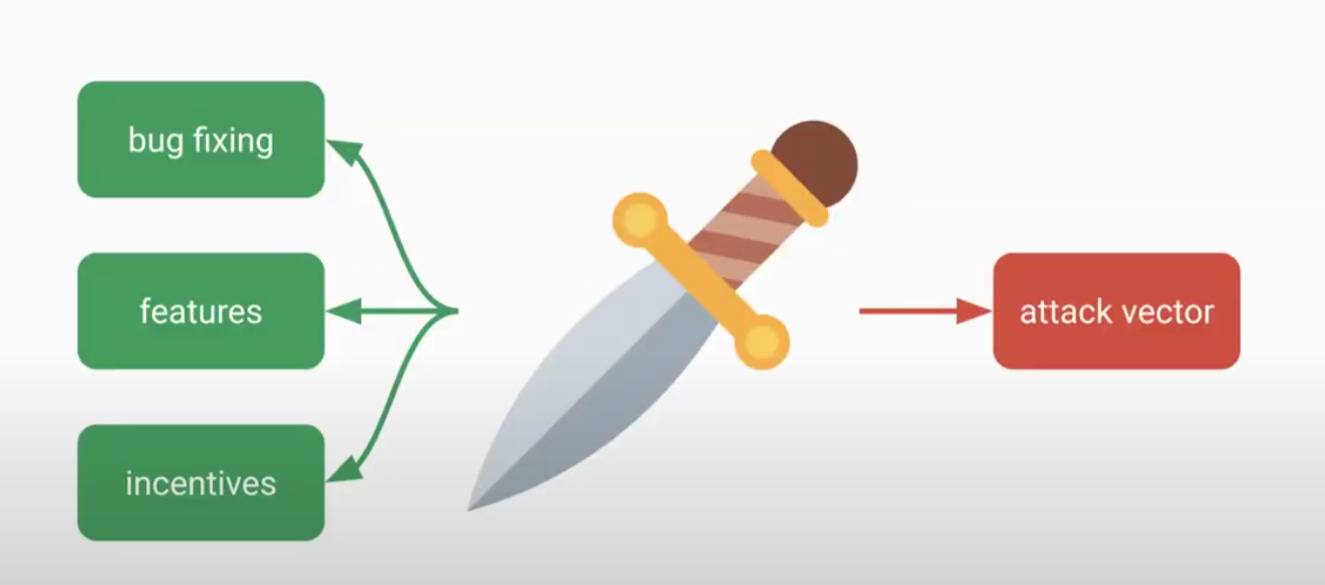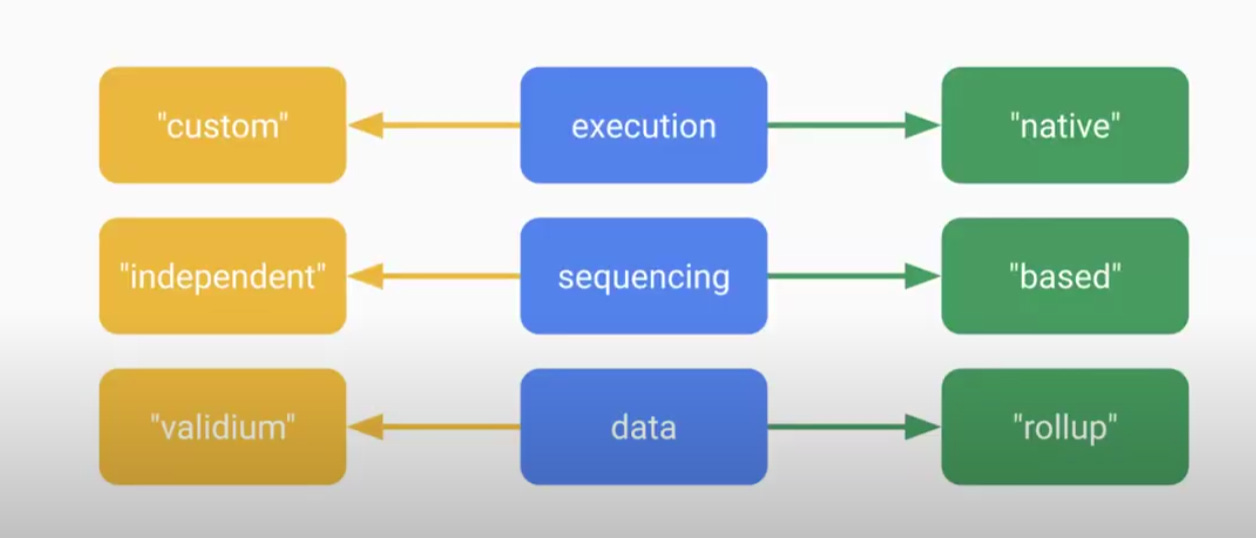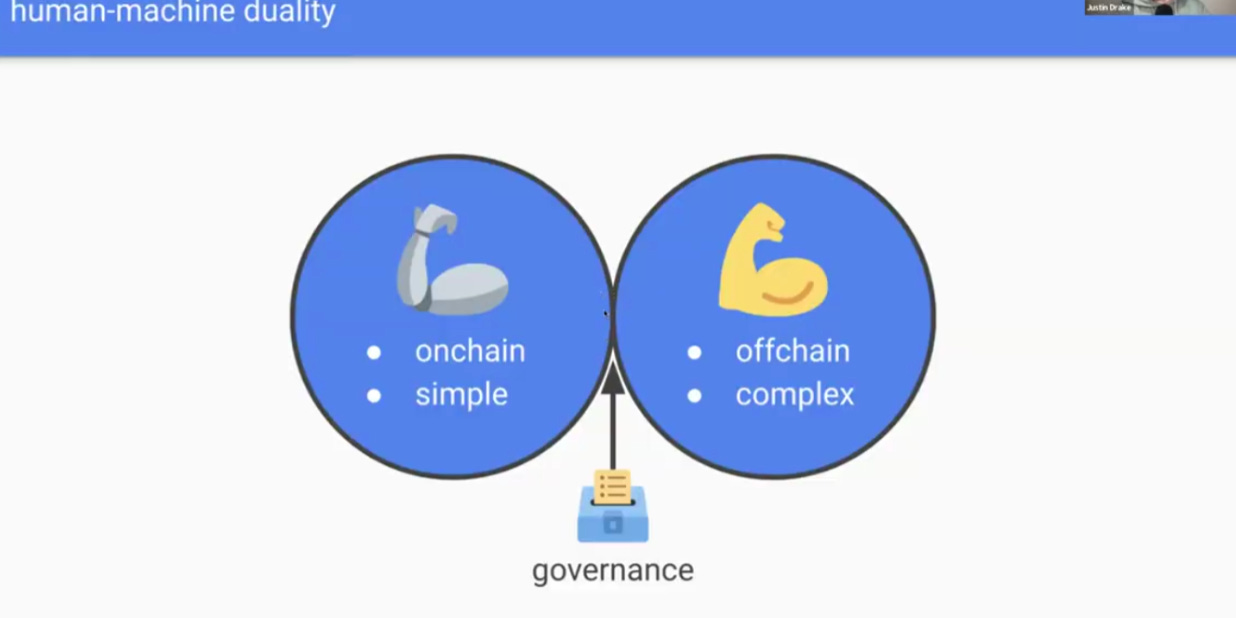Layer Two Governance 和
BGIN Block 10 Insights
In Tokyo, 2024, the Blockchain Governance Initiative Network had its 10th meeting.
These insights are condensed to share as a sync with the greater community.
Join the forum conversation by the bgin.discourse.group.
Our working groups meet online, every two weeks, and discuss the most pressing subjects relating to;
Identity Key Management and Privacy (IKP) Working Group
Financial Applications & Social Economics (FASE) Working Group.
The keynote address focused on the intricate and evolving topic of Layer 2 (L2) governance within blockchain technology. We explored how L2 governance mechanisms can be optimized to enhance decentralised systems' security, longevity, and robustness, offering insights into the dual nature of governance as both a powerful tool and a potential attack vector.
I want to thank Justin Drake from the Ethereum Foundation for providing the keynote speech at BGIN Block #10. The roundtable discussions were hyper-informative due to a common understanding of layer 2 governance trade-offs shared with expertise in the keynote.
Key Themes and Discussions
The Essence and Challenges of L2 Governance
Governance as a Problem-Solving Tool: Governance in the context of L2 is portrayed as a versatile solution to numerous challenges, including bug fixes, feature additions, and incentive creation. It operates by modifying the rules and logic of smart contracts, an action that is facilitated either through governance multi-signature wallets (multisigs) or governance tokens.
Governance as an Attack Vector: The address highlighted a crucial downside to governance—its potential to serve as an attack vector, introducing security vulnerabilities not present in Layer 1 (L1) protocols.
Minimization of Governance
We should be advocating for the minimization of governance in security-critical aspects of blockchain infrastructure to retain the majority of L1 security properties. The address pointed to Uniswap as an example of an application that achieves robust security without extensive governance.
Infrastructure of L2 and Governance Application
Layered Infrastructure of L2: L2's infrastructure consists of three layers: data availability, sequencing, and execution, each of which offers different governance minimization opportunities.
Opting for Internal Resources: By utilizing L1 resources for data availability, sequencing, and execution, L2 solutions can minimize the need for governance and bolster security through a unified security assumption.
Governance for Human-Centric Aspects
The address delineated a crucial role for governance in bridging the on-chain machine world with the off-chain, human-centric world. This duality presents opportunities for governance to manage public goods funding and decentralized front ends, showcasing how governance can be strategically used to handle aspects that inherently require human oversight without compromising the core security of L2 protocols.
Questions and Further Discussions
The Q&A session delved into technical considerations, such as the distinction between various L2 solutions (e.g., rollups and validiums) and the implications of governance on the longevity and trustlessness of these systems.
Governance Synchronicity: A concept introduced to address the challenges faced by applications spanning multiple L1 protocols, highlighting the importance of alignment in governance mechanisms to ensure seamless operation and updates.
Eigen Layer and Security Implications: Discussions also touched on the potential impact of new technologies like the Eigen layer on L1 and L2 governance, exploring how advancements could alter the security landscape and governance requirements of decentralized systems.
Concluding Remarks
The keynote offered a comprehensive overview of the current state and future prospects of L2 governance. By balancing the power of governance with the need for security and simplicity, the speaker outlined a vision for a more secure, efficient, and decentralized future. The insights provided serve as a valuable foundation for ongoing discussions and developments in the field of blockchain technology and governance.
The address concluded with a note of appreciation for the opportunity to share insights on L2 governance, inviting further questions and discussions to deepen the understanding of this complex topic.
Layer 2 Governance: Roundtable
During a recent roundtable, discussions centred on governance challenges and opportunities within Layer Two blockchain solutions.
Thank you to Leona and Jack, the two main discussants, for your significant analyses and contributions.
Key Discussion Themes
Governance Challenges in zk Layer Two Solutions: The complexity of zk proofs (ZKP) and the difficulty in auditing them were identified as significant governance and security challenges. Leona highlighted the potential of AI models, specifically LLMs, to automatically detect bugs, underscoring the need for innovative approaches to maintain system security.
Strategies for Enhancing Security: The discussion underscored mainstream strategies like multi-signature and two-factor authentication methods, aiming to ensure the redundancy and integrity of Layer Two solutions. This approach seeks to protect user assets by maintaining system reliability, even if one part of the system is compromised.
Adjusting Penalty Mechanisms: Jack discussed the implications of capping slashing penalties for blockchain validators, emphasizing the potential benefits for staking service providers and the broader ecosystem by simplifying risk assessment for insurance purposes.
The Future of Layer Two Governance: The conversation explored the potential for integrating zk EVM into Ethereum's layer one to enhance scalability and verification processes. This sparked a broader discussion on the evolving role of Layer Two solutions in the blockchain ecosystem and the importance of governance models that adapt to technological advancements.
Retroactive Public Goods Funding: The concept of rewarding contributors based on past contributions rather than potential future returns was discussed as a strategy for supporting the development and governance of Layer Two solutions, encouraging innovation and rewarding meaningful ecosystem contributions.
Regulatory Perspectives and Challenges: The complexity of regulating Layer Two technologies was acknowledged, with emphasis on the substantial knowledge gap facing policymakers. The importance of collaborative efforts to bridge this gap and develop informed regulatory approaches was highlighted.
Conclusions and Future Directions
The roundtable illuminated the dynamic and complex landscape of Layer Two governance, emphasizing the need for continuous innovation, collaboration, and regulatory engagement. Participants recognized the importance of forums that facilitate open dialogue among stakeholders, enabling a balanced approach to blockchain regulation that supports innovation while addressing potential risks. The discussions underscored the ongoing evolution of blockchain technologies and the collaborative effort required to navigate their challenges and opportunities.









